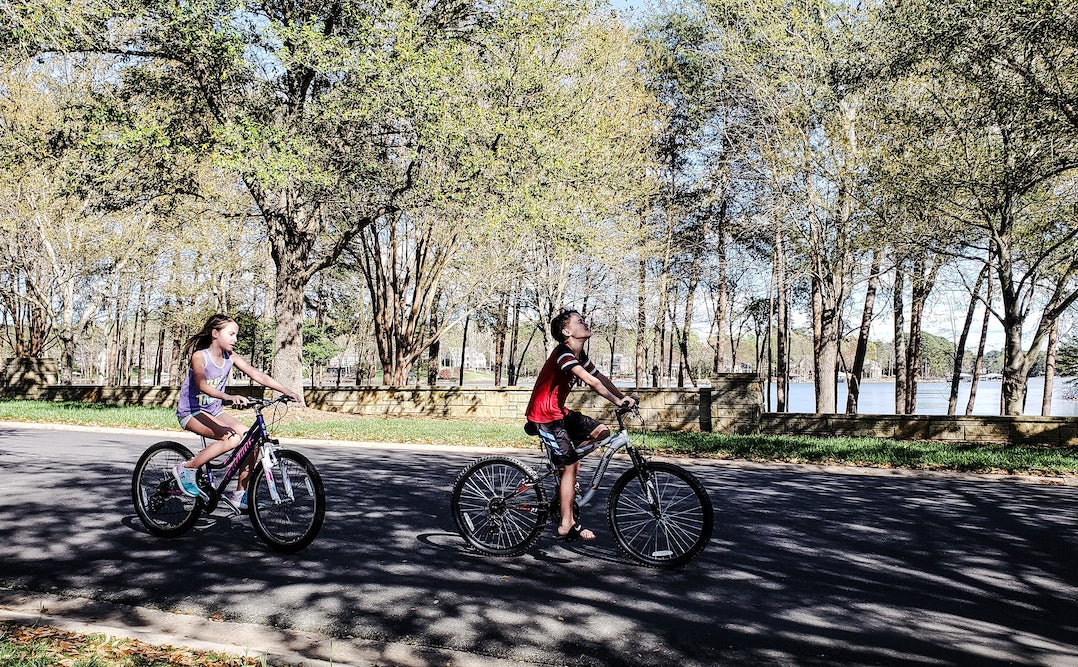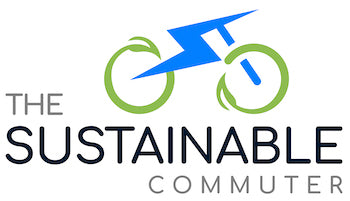
Everything You Need to Know About E-Bikes for Kids: Safety, Gear, and Buying Tips
Share
E-bikes, or electric bicycles, have been growing in popularity in recent years, and for good reason. They offer a convenient and eco-friendly way to get around, and they can be a fun and exciting mode of transportation for kids as well as adults. But with so many options on the market, it can be hard to know where to start when it comes to buying an e-bike for your child. In this article, we'll cover everything you need to know about e-bikes for kids, including safety features, gear, buying tips, and more.
Safety Features and Gear for Kids Riding E-Bikes
Before we dive into buying tips and other considerations, let's talk about safety. As with any mode of transportation, it's important to ensure that kids are riding e-bikes safely and wearing appropriate gear. Here are some safety features and gear to consider:
- Speed limiters: Some e-bikes come with speed limiters that restrict the maximum speed at which the bike can be ridden. This is a great feature for kids, as it ensures that they cannot go faster than a safe speed limit and helps prevent accidents.
- Adjustable pedal assist: Many e-bikes have pedal-assist features that allow riders to control the amount of electric assist they receive. For kids' e-bikes, this feature can be adjusted to suit their skill level and the terrain they are riding on.
- Smaller frame size: E-bikes for kids are typically designed with smaller frame sizes that are easier for kids to handle and control. This makes it easier for kids to reach the ground with their feet when stopping, which helps prevent falls.
- Brakes: Most e-bikes for kids come with reliable and responsive brakes that are designed to bring the bike to a stop quickly and safely.
- Reflective materials: Many e-bikes for kids come with reflective materials on the frame and wheels to increase visibility in low-light conditions. This is especially important when riding on the road.
- Helmet: A properly fitting helmet is the most important piece of safety gear for any bike rider, including kids on e-bikes. Make sure the helmet fits snugly and covers the forehead and the back of the head.
- Knee and elbow pads: These pads can help protect against scrapes and bruises in the event of a fall.
- Close-toed shoes: Wearing closed-toed shoes with a good grip can help prevent foot slippage on the pedals and provide protection in the event of a crash.
- Supervision: Parents should always supervise their children while they are riding an e-bike, especially when riding on public roads or in crowded areas.
- Proper training: Kids should receive proper training on how to safely ride an e-bike, including how to brake, shift gears, and operate the electric assist, as well as how to follow traffic laws and navigate different types of terrain.
- Follow traffic laws: E-bikes are subject to the same traffic laws as traditional bicycles. Kids should be trained to follow traffic rules and to be aware of their surroundings while riding.
- Regular maintenance: E-bikes should be regularly maintained to ensure that they are functioning properly and safely. This includes checking brakes, tires, and other components.
By following these safety precautions and wearing the appropriate gear, kids can enjoy riding e-bikes while minimizing the risk of injury.
Factors to Consider When Buying E-Bikes for Kids
Now that we've covered safety features and gear let's talk about what to consider when buying an e-bike for your child. Here are some factors to keep in mind:
- Age and size: Make sure the e-bike is appropriate for your child's age, size, and weight. Consider the frame size, seat height, and weight capacity of the bike.
- Power and speed: E-bikes come with different levels of power and speed, so it's important to choose a model that is appropriate for your child's skill level and the terrain they will be riding on. Some e-bikes for kids come with adjustable power settings, which can be useful as your child grows and develops their riding skills.
- Battery life: Consider the battery life and range of the e-bike. A bike with a longer battery life and range can allow your child to ride for longer periods without needing to recharge.
- Price: E-bikes can be expensive, so it's important to consider your budget when choosing a model for your child. Keep in mind that higher-priced models may come with more features and higher-quality components.
- Brand and reputation: Do some research on the brand and reputation of the e-bike before making a purchase. Look for reviews from other parents and riders, and consider the warranty and customer support offered by the manufacturer.
- Riding environment: Think about the environment in which your child will be riding the e-bike. If they are riding on rough terrain or steep hills, you may want to consider an e-bike with larger wheels, a suspension system, and a more powerful motor.
- Maintenance: Like any bike, e-bikes require regular maintenance to keep them in good condition. Consider the ease of maintenance and repair when choosing an e-bike for your child, and make sure that replacement parts are readily available.
- Weight: E-bikes can be heavier than traditional bikes due to the motor and battery. Make sure the e-bike is not too heavy for your child to handle comfortably.
- Test ride: Whenever possible, have your child test-ride the e-bike before making a purchase. This can give them a feel for the bike and help ensure that it is the right fit for their needs and riding style.
- Local laws and regulations: E-bike laws and regulations vary by location, so it's important to research the laws in your area before purchasing an e-bike for your child. Some areas may have age or speed restrictions for e-bikes or may require helmets or other safety equipment.
Considering these factors, you can find an e-bike that is safe, appropriate, and enjoyable for your child to ride.
Learning to Ride an E-Bike for Kids
If your child has experience riding a traditional bike, they may find it relatively easy to transition to an e-bike. However, starting with a low-power setting is always a good idea, and gradually increasing the power and speed as your child becomes more comfortable and confident on the bike.
It's also important to ensure that your child is properly trained in bike safety before allowing them to ride an e-bike. This includes teaching them how to brake, shift gears, and operate the electric assist, as well as how to follow traffic laws and navigate different types of terrain.
Final Thoughts
E-bikes can be a fun and exciting way for kids to explore the outdoors and get exercise. However, it's important to ensure they ride safely and wear appropriate gear. When buying an e-bike for your child, consider factors such as age and size, power and speed, battery life, price, brand and reputation, riding environment, maintenance, weight, and local laws and regulations. With the right e-bike and proper training, your child can enjoy the benefits of this eco-friendly and convenient mode of transportation.
